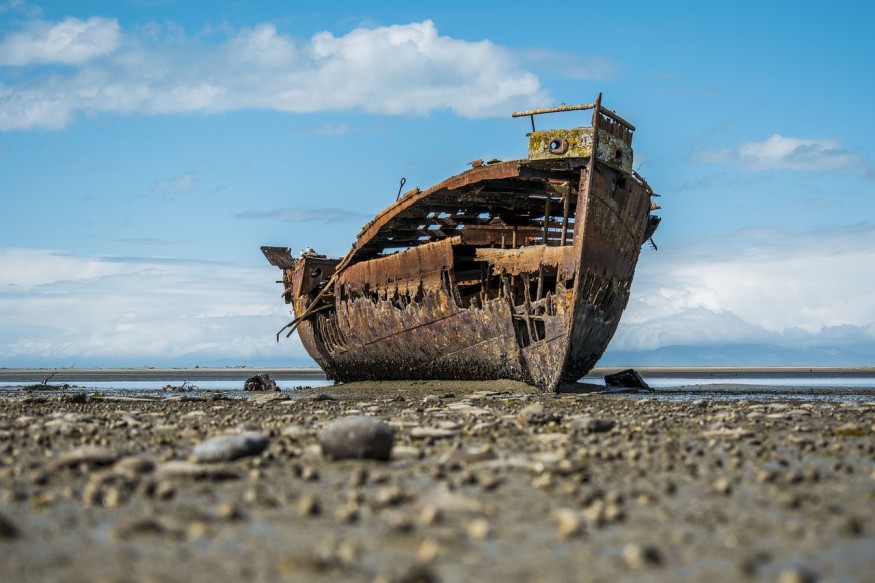A 400-year-old sunken ship in Germany was discovered by archaeologists as containing "high-quality wine," according to media reporting. In 2022, the shipwreck was first found lying at the bottom of the Trave River, which streams to Germany via the Baltic Sea. Archaeologists have reportedly determined the German sunken ship is different than other old shipwreck in the area.
The latest development of the ongoing salvage of the vessel, since its discovery last year, led to the finding of some of the world's oldest wines. The exact identity of the ship's passengers remains a mystery. However, the recent revelation could help archaeologists the purpose of the vessel, which likely sailed during the Age of Exploration or the Age of Discovery dating back from the 15th to 17th century.
Germany Sunken Ship

About 450 pieces of wood from the shipwreck have been recovered since June by archaeologists in Germany's city of Lubeck that lies along the Baltic Sea. Although it was discovered last year, as mentioned earlier, local politicans have argued whether or not to salvage the remains of the sunken ship, the German newspaper Die Welt reported, as cited by Newsweek.
After receiving a green light, archaeologists found not only high-quality wine but also the clues about the ship's objective, which was operating as a cargo. However, the owner and origin of the vessel remains unclear currently, according to the report.
World Shipwreck Records
Sunken ships have triggered curiosity and fascinated some minds of the modern world, regardless if the shipwreck ranges from the doomed RMS Titanic in 1912 and old wreckage dating back several centuries ago. Regardless, these underwater vessel tombs have attracted not only curious minds but also scientific ones, since these phenomena have been perceived of possessing treasures and a glimpse of the past.
As portrayed in dramas, movies, and poems, several maritime accidents in the past involve tales of lost ships, with their hopeless passengers and lamenting crew in the middle of oceans and seas, according to Marine Insight. For centuries, these vessels have sunk due to reasons relating to human negligence, extreme storms, violent waves, and among others.
With records of more than 250,000 shipwreck locations, NASA runs the Global Maritime Wrecks Database to show the date, location, and flagship of the wrecked vessel. Recordings started in January 1970.
Preserved Objects
For centuries, the discovery of shipwrecks also means the public's attraction to potential treasure troves, as reported in previous events. Some of these treasures, whether they are of monetary value or artifacts, have the potential to stand the test of time since they can be preserved underwater.
According to the Ocean Institute, artifacts discovered from a saltwater environment are typically well-preserved but under brittle conditions, as cited by the University of California, San Diego. The institute emphasized that artifacts recovered under the ocean are in better condition in anaerobic (without oxygen) marine environments than in an aerobic (with oxygen) setting.
Related Article : Antikythera Shipwreck's New Artifacts Shed Light On Time of Caesar
© 2025 NatureWorldNews.com All rights reserved. Do not reproduce without permission.





